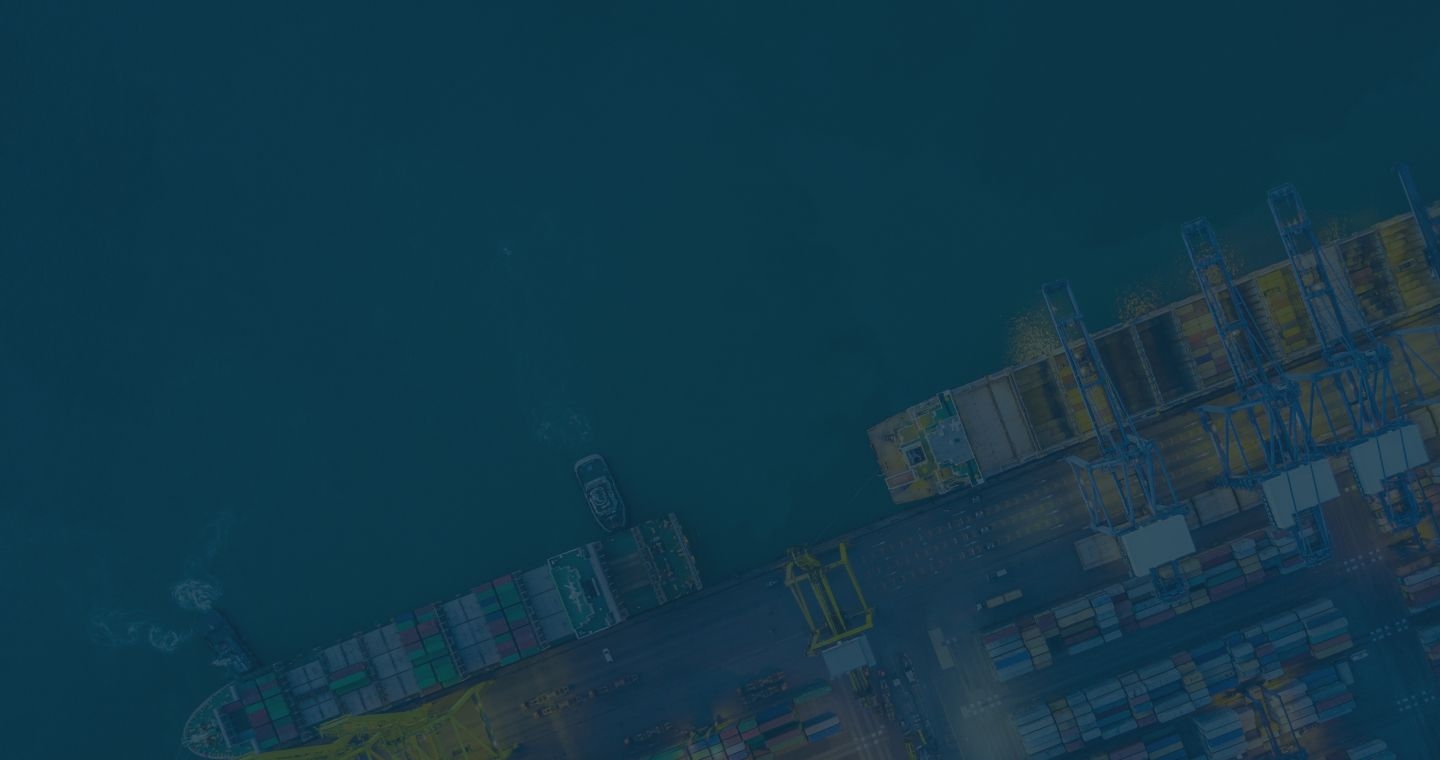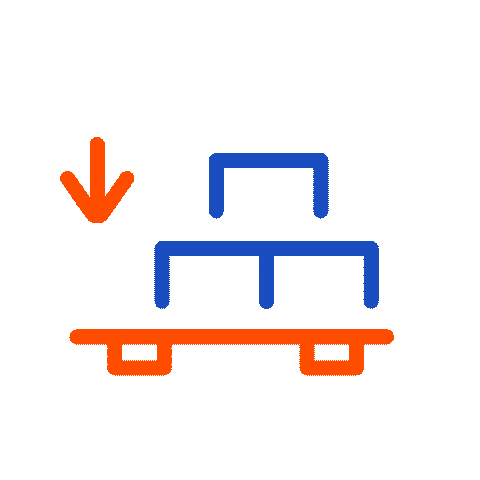
Container Shipping to Chicago — Get Instant Quotes



Why Choose iContainers for Shipping to Chicago?
Chicago is North America’s intermodal nerve-centre: its rail ramps lifted ≈ 17 million TEU equivalents in 2021—far more than any coastal port. (createprogram.org). With iContainers you can:
- Get real-time FCL & LCL pricing to every major Chicago rail ramp (BNSF Logistics Park, UP Global IV, CSX Bedford Park, CN Markham and more).
- Combine ocean + rail seamlessly: our system auto-matches West- or East-Coast sailings with the fastest inland rail schedules.
- Receive automated guidance for ISF, AES and rail billing, cutting paperwork delays.
- Upgrade to air freight via O’Hare (ORD)—the airport moved ≈ 2.07 million t of cargo in 2024, the third-busiest in the world. (en.wikipedia.org)
Our Container Shipping Services to Chicago
Full Container Load (FCL) Shipping
Most importers use FCL intermodal: containers discharge at Los Angeles/Long Beach, New York, Savannah, or Prince Rupert, then move by stack-train to Chicago in sealed condition—no devanning en route.
Less-than-Container Load (LCL) Shipping
SMEs ship < 15 m³ via weekly LCL consolidations that de-van in bonded depots at BNSF Corwith or Bedford Park, saving up to 50 % versus paying for unused FCL space.
Popular mode: Intermodal FCL dominates big-box retail; LCL is soaring for Amazon & Shopify restocks.
Major inland hubs served: BNSF Logistics Park Chicago, UP Global IV (Joliet), CSX Bedford Park, CN Gateway (Markham); urgent cargo via O’Hare (ORD).
Typical cargo: Consumer electronics, machinery, apparel, auto parts, food ingredients.
Transit-time references:
Los Angeles port → Chicago rail ramp: ≈ 3 days on Union Pacific’s new fast service.
Shanghai (ocean) → LA/LB → Chicago: ≈ 20–25 days door-to-ramp.
Chicago-specific challenges: Winter snow and rail-yard congestion can add 1–2 days—build a small buffer November–February.
Alternative option: Air freight trims door-to-door to 3–5 days via ORD for high-value electronics or AOG spares. (en.wikipedia.org)
Container shipping rates to Chicago
How much does it cost to ship a container to Chicago?
How Long Does It Take to Ship a Container to Chicago?
- Asia West-Coast route: 13–16 days ocean + 3–5 days rail = ≈ 20–25 days total.
- Europe East-Coast route: 10–12 days ocean + 4–5 days rail = ≈ 16–18 days total.
- Gulf routes (Houston → Chicago): 2–3 days rail after discharge.
Air freight: 3–5 days door-to-door via ORD.
Popular Routes and Gateways Feeding Chicago
| Ocean Gateway | Rail Line | Example Weekly Service |
|---|---|---|
| Los Angeles/Long Beach | UP “Chicago 3-Day” | LA → Chicago Global IV |
| Prince Rupert | CN “Tempest” | PR → Chicago Markham |
| New York/New Jersey | CSX | NY → Bedford Park |
| Savannah | NS | SAV → Landers |
Steps to Book Your Container Shipment with iContainers
- Quote & compare coastal gateways + rail combos.
- Upload documents (commercial invoice, packing list, ISF data).
- Book & pay online.
- Track in real time: vessel ETD/ETA, rail departure, ramp availability.
- Customs & in-bond: clear at port or “in-bond” to Chicago CY—your choice.
- Final-mile delivery: truck to Joliet, Elk Grove Village or Amazon MDW-series FCs.
What Can You Ship in a Container to Chicago?
- Electronics
- Industrial machinery
- Apparel & footwear
- Auto parts
- Food & beverage ingredients
Restricted / Prohibited:
Counterfeit brands, hazardous chemicals without EPA/PHMSA permits, perishables lacking FDA prior-notice.
Location of Chicago
FAQs About Shipping Containers to Chicago
Yes—below 15 m³ you avoid paying for unused FCL space and skip chassis fees at the ramp.
Not mandatory, but strongly recommended—add door-to-door cover at checkout.
iContainers issues one through BL; rail charges are included in your all-in quote—no surprise drayage bills.
Reserve space 6–8 weeks ahead of October imports to avoid rail congestion.